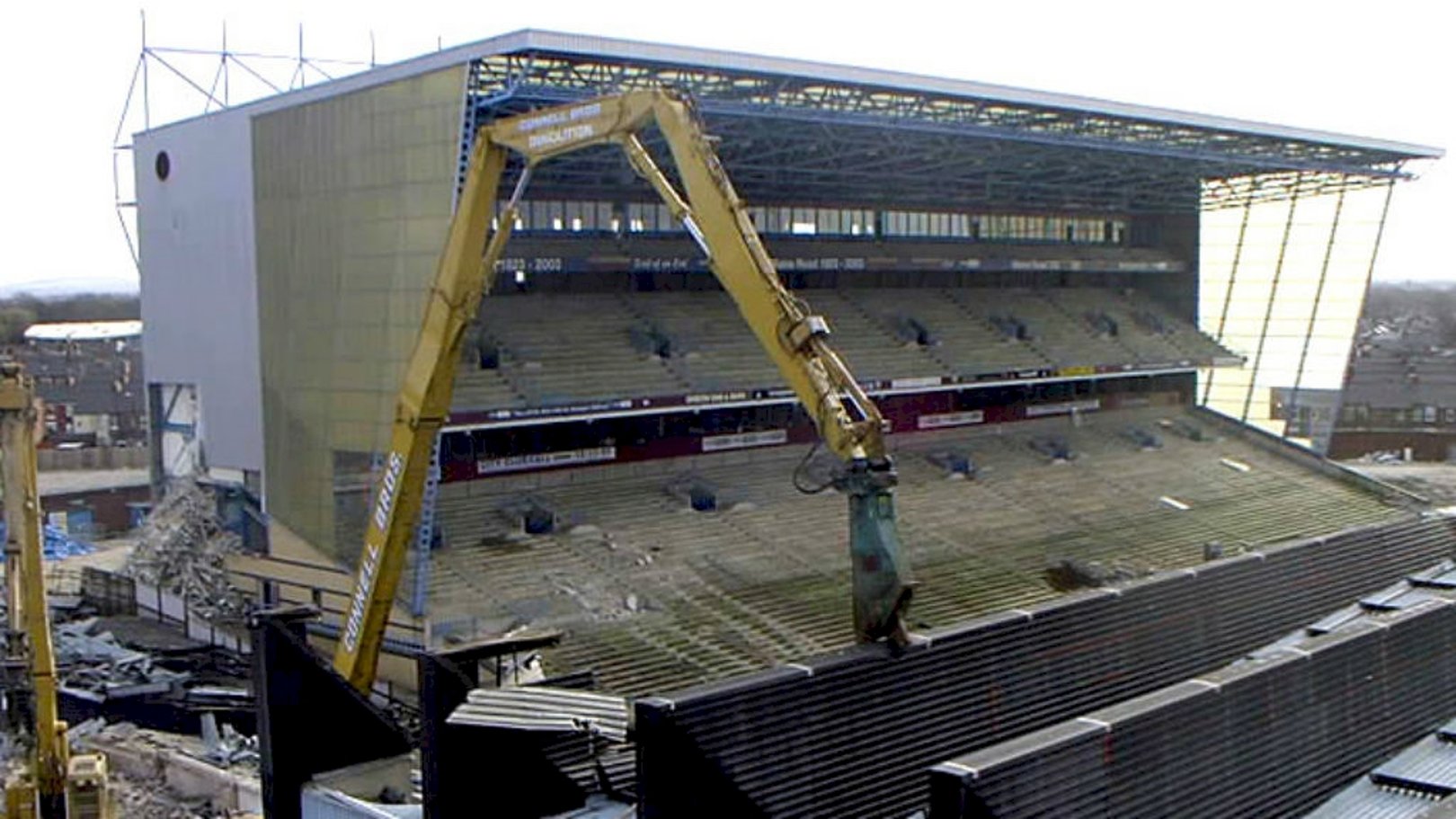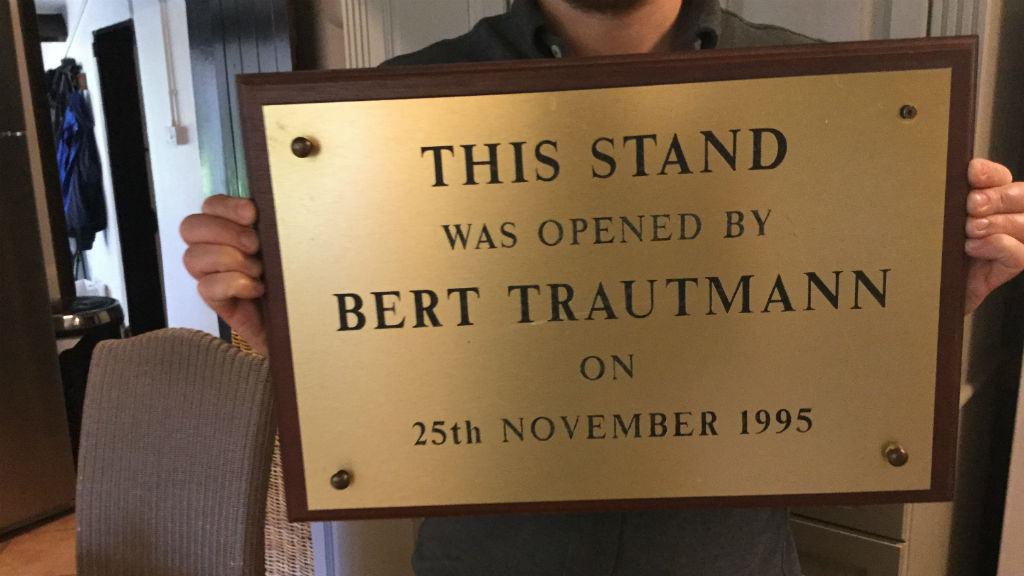The terrace ran the full length of the pitch helped generate a famous atmosphere inside Maine Road, City’s stadium from 1923 to 2003.
It was a much-loved stand, despite its dilapidated state, but after the Taylor Report was released following the Hillsborough Disaster, Chairman Francis Lee announced a new 10,000-seater stand would replace it.
And so, on April 30, 1994, City hosted Chelsea with around 20,000 or so packed on the Kippax for the very last time.
It was a day of celebration, with flags, inflatable bananas and fans in fancy dress bringing added colour.
Lee, who played for the Club between 1967-74, says it was a stand that created an intimidating atmosphere.
“It was a huge stand and for the big games, the noise was massive,” he says. “For derby matches, you’d have red and blue shirts in there mixed in together.
“There was no segregation until the problems started in the 70s. But to see two sets of supporters intermingling and creating a great atmosphere was fabulous.”
READ: The Kippax last stand | 25 years ago today
READ: Gallery | Remembering the Kippax
The Kippax was reopened in October 1995, completely refurbished and ready to seat 10,178 fans.
Opened by Bert Trautmann, it remained in operation until City left Maine Road to go to the Etihad, then known as the City of Manchester Stadium.
Lee says the new all-seater incarnation vastly increased the amount of money the Club could generate.
“That’s the reason I got involved with the club – because they couldn’t afford to build it!” he says. “The plan initially was to re-roof it and put some seats on the existing steps, which was barmy. But we got it all together and eventually decided to build a new one.”
“It cost us about £17 million quid. The plan was to eventually continue it round the whole stadium in that shape but within about two years Sir John Hall told me you won’t have to build another one because you’re going to get the Commonwealth Games stadium, so it was our lucky day.
“It increased the revenues of the club at the time. There were around 30 to 40 boxes included and restaurants and other kinds of facilities. I remember saying to Mike Summerbee and Geoff Durbin that if you want to do something really worthwhile for the club, go and get those facilities sold.”
And the former chairman still has the plaque that marked the official opening of the revamped stand.
“I’ve got the plaque that I’m going to give to the club that Bert Trautman unveiled when he officially opened the stand,” he says.
“It’s in solid gold…well it looks like solid gold, it’s brass really!”








